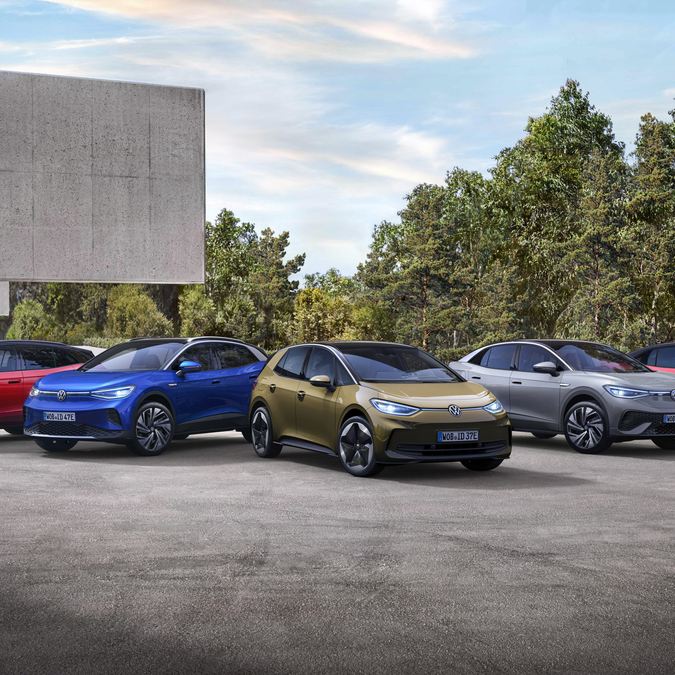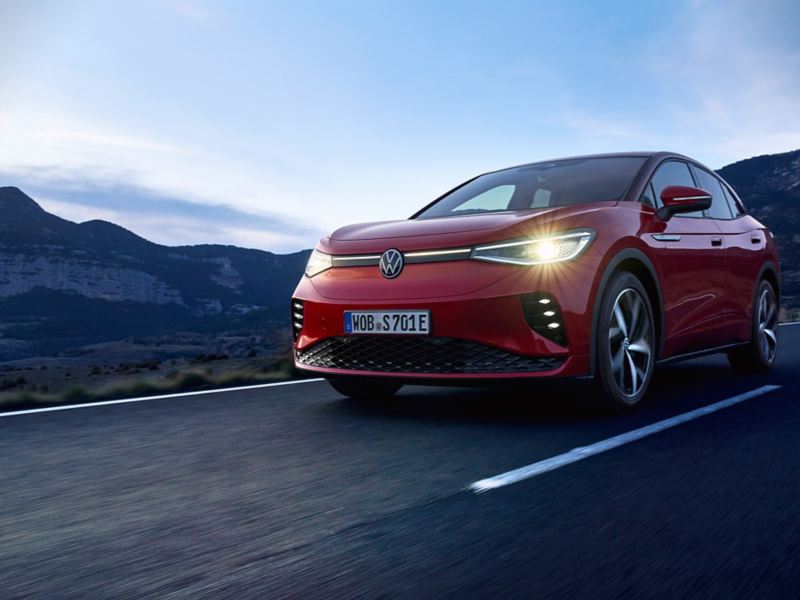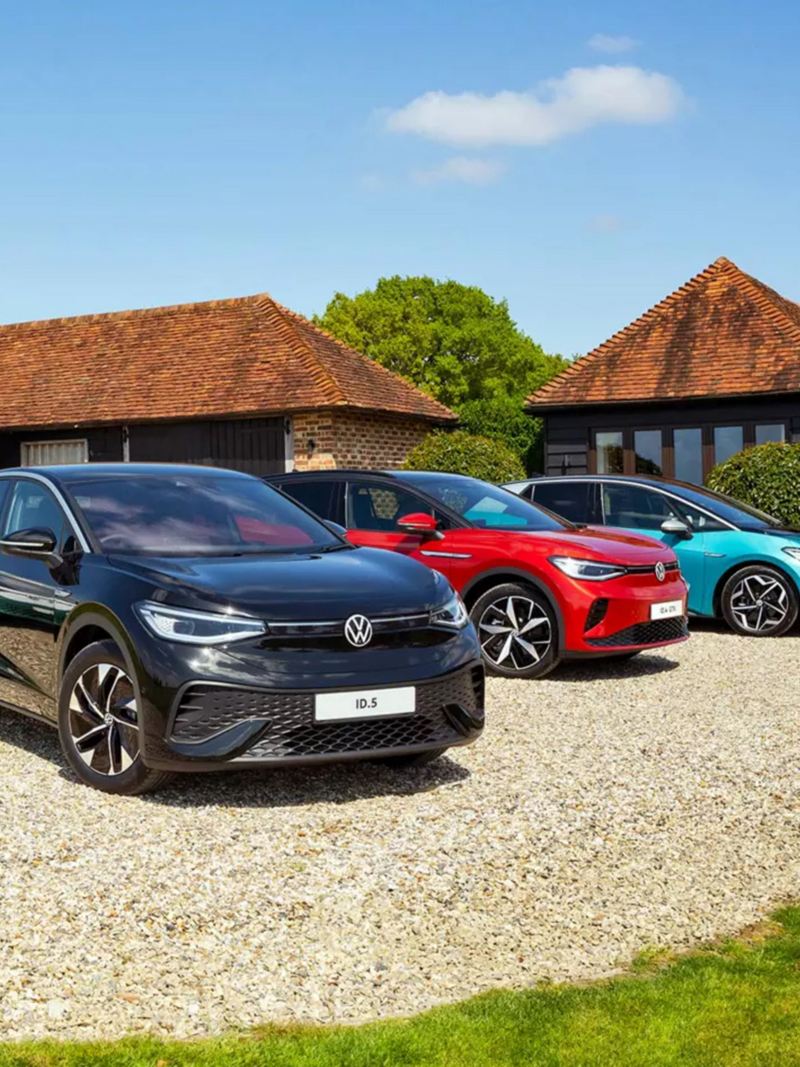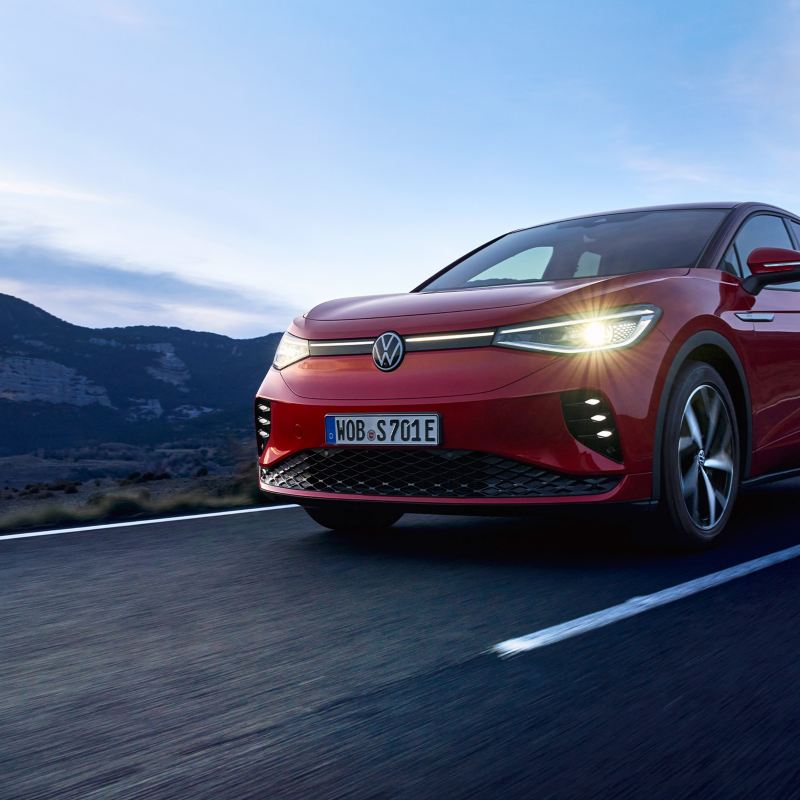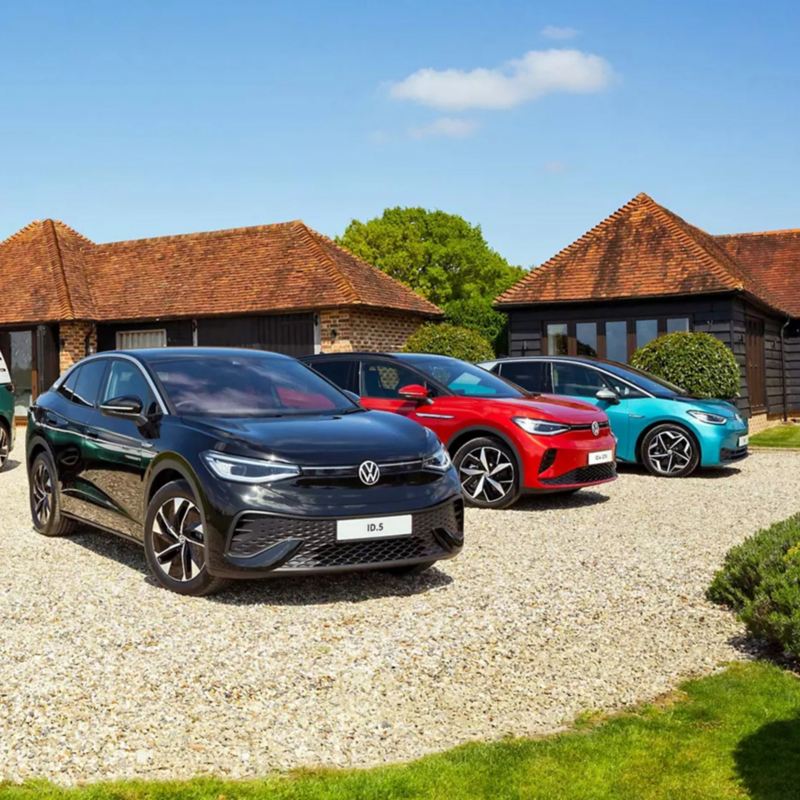Regenerative braking: what is it and how does it impact range?
Plugging into a charge point isn’t the only way to top up your battery.
Volkswagen electric and plug-in hybrid vehicles are able to convert the kinetic energy that’s created when braking into electrical energy as the motor converts to a generator, resulting in a increase in overall range.
How does brake energy recuperation work?
Volkswagen electric and plug-in hybrid vehicles are powered by electrical energy. This is why we connect them to an electric power source to gain charge. However, there are other energy sources that can be harnessed when driving. For example, an electric motor draws power from its battery to turn the wheels, creating the kinetic energy (the energy of motion) needed to move. However, when the brakes are applied, the process switches into reverse mode, meaning the energy is redirected back to the battery as electrical energy.
Brake energy recuperation on the ID.3
As opposed to its combustion engine counterparts, the ID.3 not only uses a front brake and rear brake, but also recuperation for deceleration. The drum-shaped, closed system design of the ID.3’s brakes also decreases the amount of pollution released and protects from cold and wet. Because the design also lessens the stress on the brake pads, a technician will only need to check them once every two years as opposed to yearly.

Driving modes: drive it your way
One-size-fits-all has never been our philosophy. Volkswagen electric vehicles come with three distinct driving modes to give you total control over how your car’s power is distributed. They range from making your journey more efficient, to a profile that’s built for performance.
